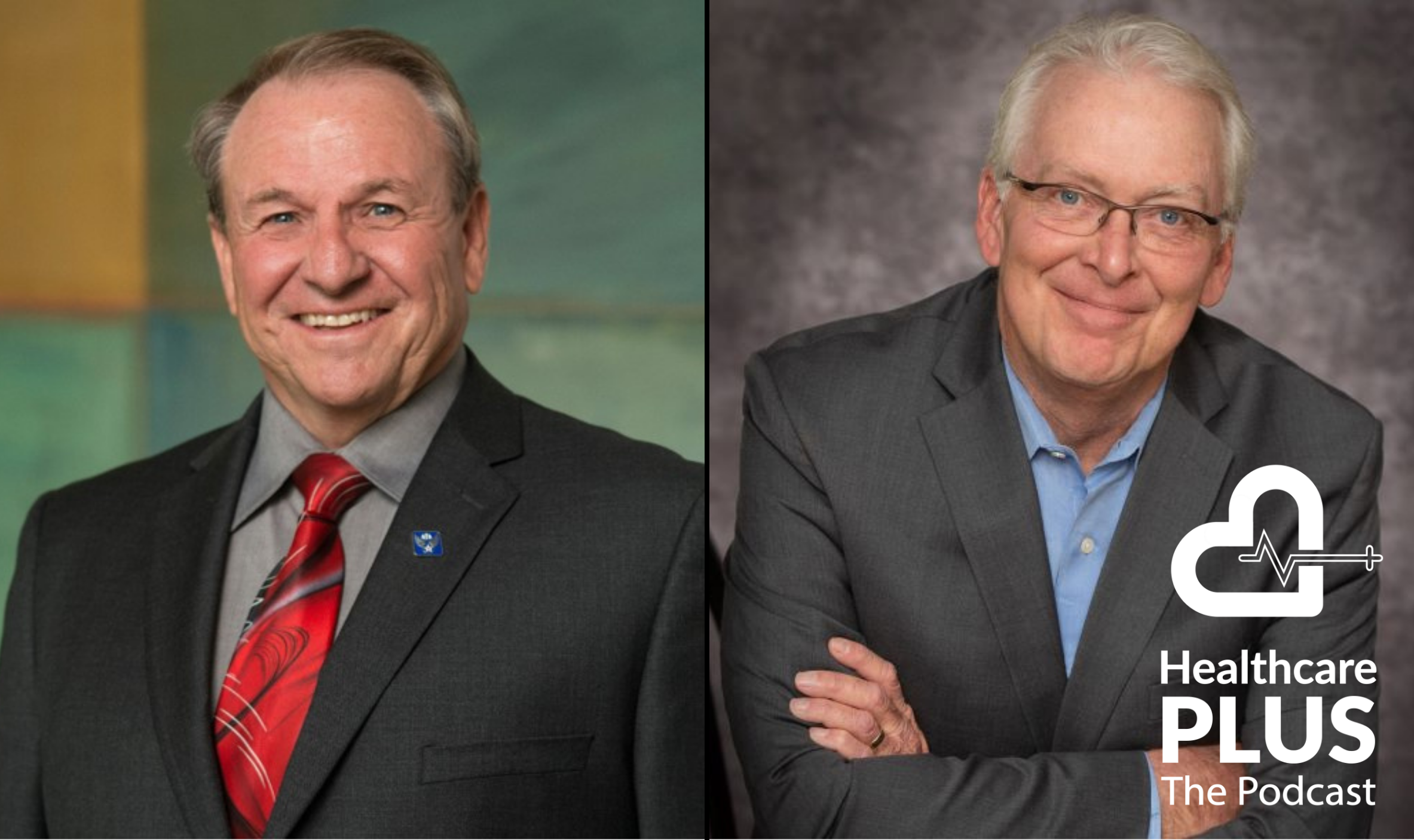Physicians are often asked to lead—but are rarely prepared for the role. Promotions can happen overnight, often with no formal training and little support. This can lead to frustration, isolation, and burnout…and many times, physicians end up walking away from organizations that they feel weren’t invested in their leadership growth.
In a recent episode of the Healthcare Plus Podcast, Dan Collard sat down with Don Taylor and Kurt Scott, creators of From Healer to Leader: The Path to Physician Leadership, to talk about what physician development looks like when you get it right. Here are a few of their insights:
Physician leaders need more than a certificate. Give them a path and a plan. Certificates can help validate learning, but the end goal should be much more personal. What makes From Healer to Leader different is that every physician leaves the program with a leadership development plan tailored specifically to them. It’s a road map for what comes next.
This is crucial for physicians who want to become medical directors, CMOs, or CEOs. Without a road map, they either stall or leave for other opportunities. From Healer to Leader helps them link leadership goals with milestones like associate CMO roles, operations experience, and relationship-building—skills that are often overlooked but essential to long-term success.
Make the training fit their life. Long hours, travel, and a rigid cohort schedule don’t align with the realities of clinical practice. This program was intentionally built with those realities in mind. It’s fully virtual, meets just two hours per month, and runs on a rolling cohort model that allows flexibility. Miss a session? Just catch the next one. Want to revisit a favorite topic? You can come back to any session during your two-year access window.
Provide lots of peer diversity: the more, the better. Physicians often feel alone in their leadership journey. Peer relationships tend to end after residency, and as physicians move into leadership roles, that sense of community often shrinks even further.
From Healer to Leader offers a rolling enrollment model. Instead of being locked into a single cohort, physicians can meet and learn from a larger, more diverse pool of peers over time. You might start with ten people, but by the time you finish, you’ve built relationships with dozens of other physicians. That kind of community is powerful.
Make sure they can speak freely. With no recordings of their sessions, Scott and Taylor note that physicians are free to speak candidly. That extra layer of psychological safety allows for honest learning and reflection.
Address broader well-being needs. In its final session, From Healer to Leader connects participants with resources like legal and financial advisors, professional coaches, and even a well-being handbook. It’s about helping physicians reclaim a sense of personal agency—something many have lost under the weight of burnout, debt, and disillusionment.
Start early. Training can begin before a physician has the “leader” title. If you’re in the room as a physician, you’re already a leader, whether you have a formal title or not. The earlier the training starts, the more naturally leadership behaviors take root.
Ultimately, leadership training is a powerful retention strategy. Physicians leave when they don’t see a future where they are. Organizations that invest in their development are the ones that keep them.
If we want to build stronger healthcare systems, we need more than better operations or better technology—we need better leaders. That means starting with the people who know the clinical side best: our physicians.
“From Healer to Leader: Helping Physicians Build Their Leadership Path” shares more insights on leadership training. Click here to listen!






